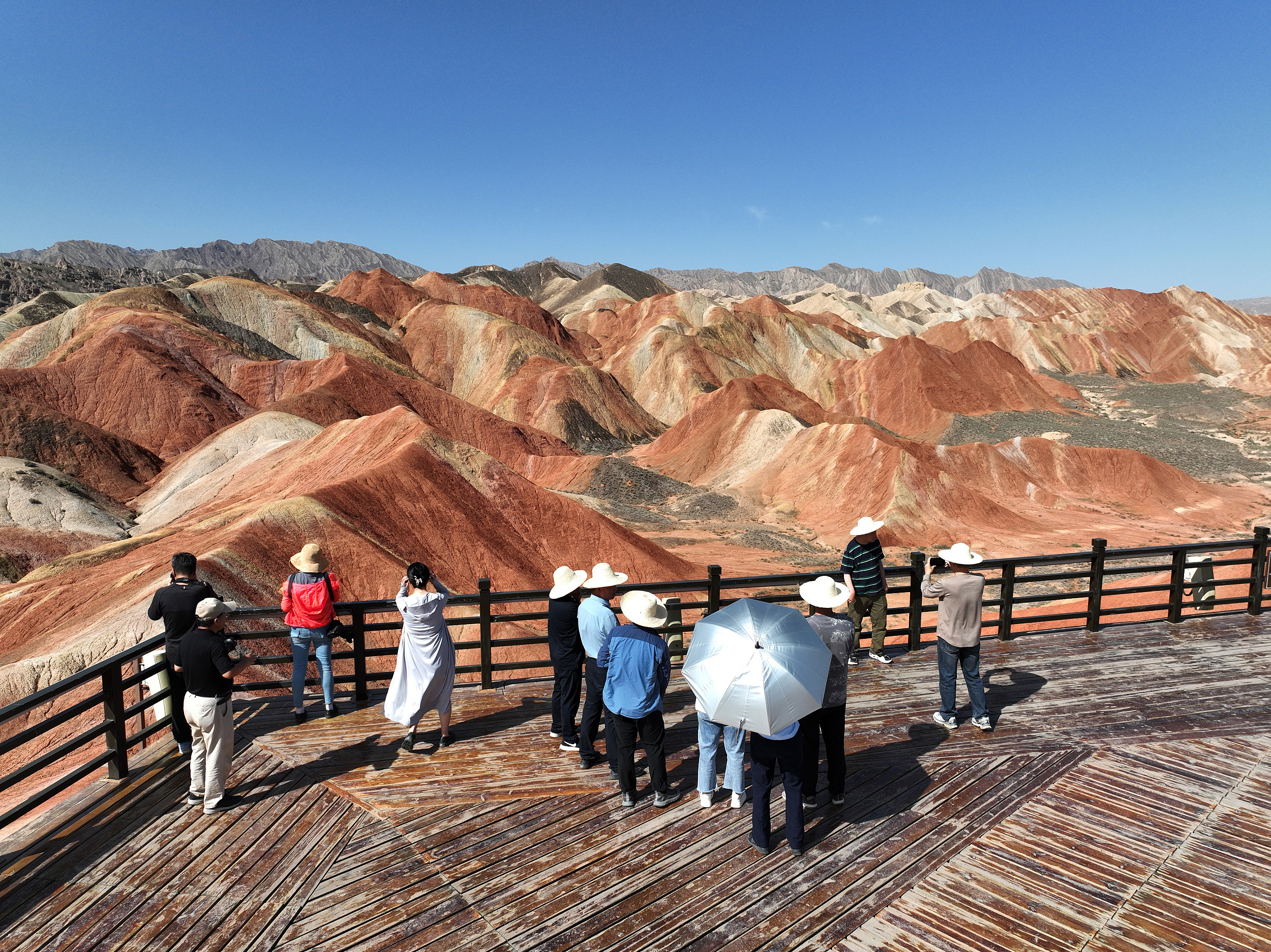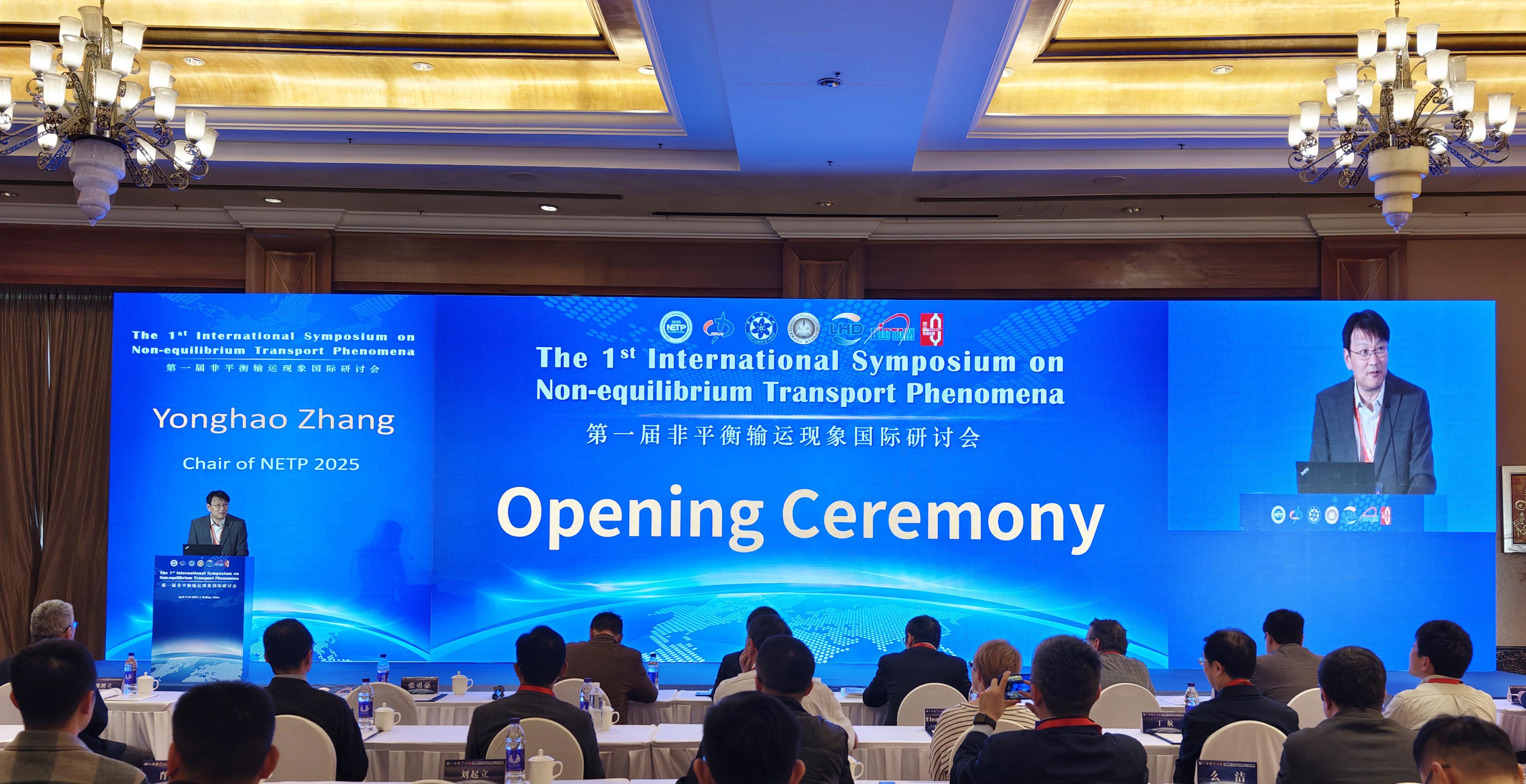New Rule to Improve UNESCO Global Geoparks in China

Tourists visit the Colorful Danxia Scenic Spot in Zhangye city, northwest China's Gansu province. The site was approved as an UNESCO Global Geopark in 2020. (PHOTO: VCG)
By ZHONG Jianli
China's National Forestry and Grassland Administration (NFGA) has issued a regulation to enhance the conservation and management of the UNESCO Global Geoparks in the country and promote their sustainable development.
Global geoparks are single, unified geographical areas where sites and landscapes of international geological significance are managed with a holistic concept of protection, education and sustainable development.
Currently, there are 195 UNESCO Global Geoparks in 48 countries, with China having 41, the highest number in the world. They include landmarks such as the Xiangxi UNESCO Global Geopark in Hunan province, Yimeng Mountain UNESCO Global Geopark in Shandong, as well as the Shennongjia UNESCO Global Geopark in Hubei, which is also a UNESCO World Natural Heritage Site and a Man and the Biosphere Reserve.
An NGFA spokesperson said the regulation provides a framework for the declaration, revalidation, zone modification and daily management of these global geoparks, standardizing their management and filling a gap in domestic regulations, playing an important role in promoting their high-quality development in China.
The regulation stipulates the conditions and procedures for areas to become global geoparks, as well as the documents required at different stages.
To better align with international standards, it says the NFGA should compile a list of the areas in China that could qualify as UNESCO Global Geoparks based on applications from such areas. The areas included in the list should operate in accordance with UNESCO Global Geopark standards for at least one year to be eligible for domestic recommendation.
If any of the existing UNESCO Global Geoparks in China want to alter their size, the regulation outlines the application procedures and documents required for two types of modifications: those requesting to change their size by less than 10 percent and those wanting changes equal to or greater than 10 percent.
In addition, the administrations of the UNESCO Global Geoparks should establish conservation and management systems, set up websites, databases and archives, and work with research institutions and communities to enhance public awareness of these areas.
They should also fulfill their responsibilities as members of the Global Geopark Network, participate in global and regional conferences, establish sister parks, and strengthen international exchanges in the field of geoparks.







